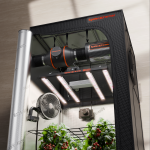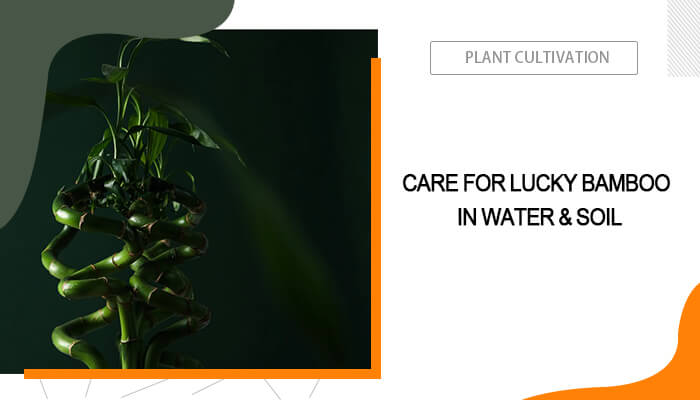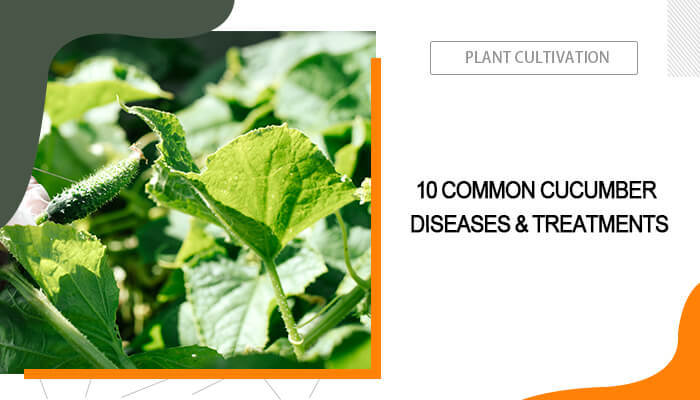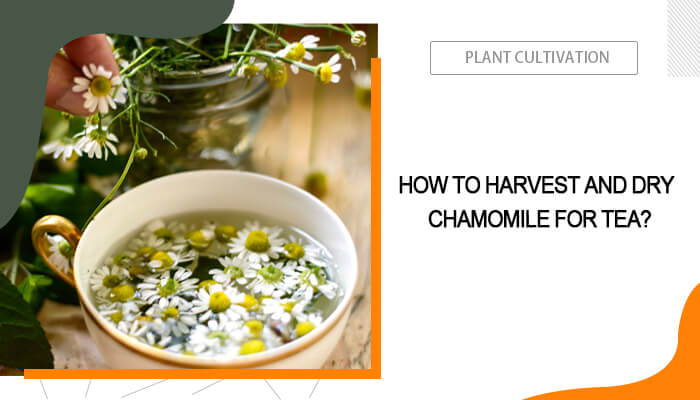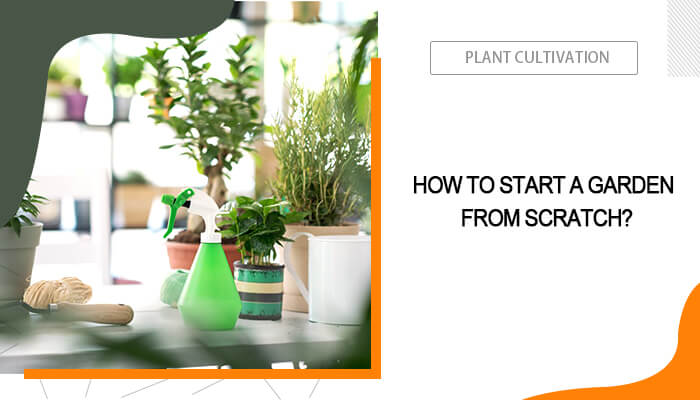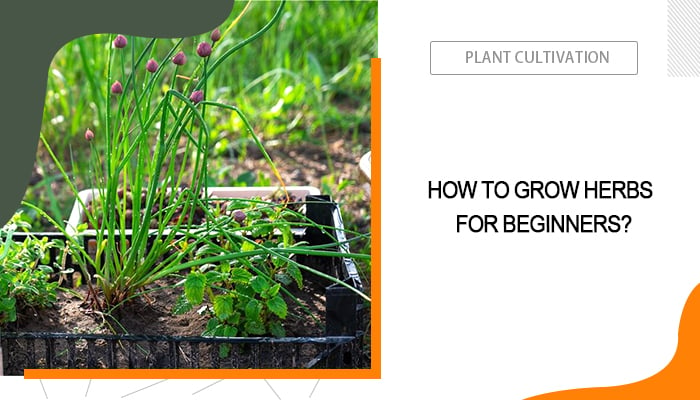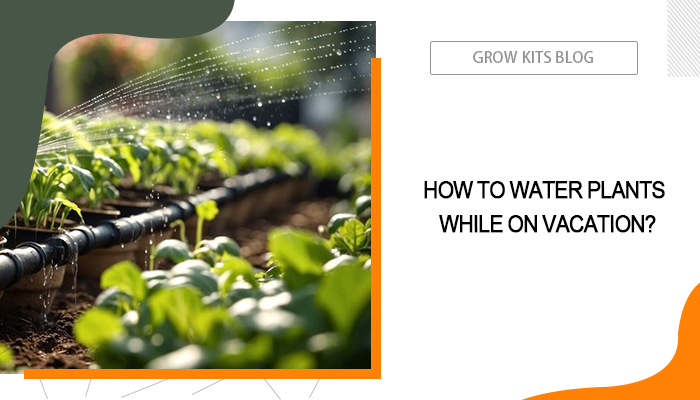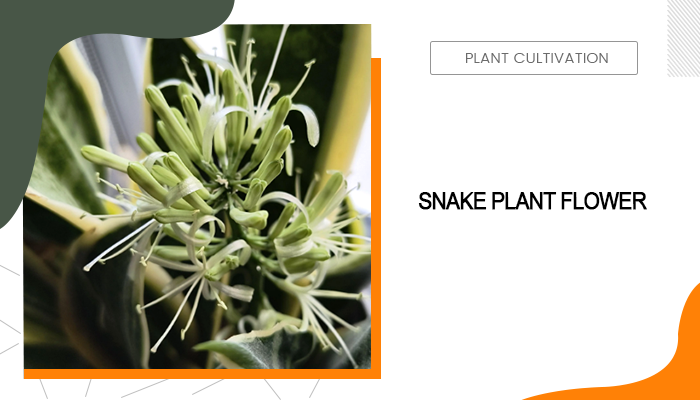Lucky bamboo is known for bringing positive energy and good fortune to you. Many plant enthusiasts love to grow lucky bamboo plants homes and offices. Fortunately, you can either grow lucky bamboo in water or soil.
In this guide, we’ll explore the essential steps to ensure your lucky bamboo thrives, covering everything from lucky bamboo light requirements to lucky bamboo watering techniques.
Let's dive into the world of lucky bamboo and discover how to keep yours looking vibrant and lush.
Table of Contents
What Is Lucky Bamboo?
Lucky bamboo, also known as Dracaena sanderiana, is a popular ornamental plant often associated with good fortune and positive energy. Native to West Africa, it has gained widespread popularity as an indoor plant due to its attractive appearance and ease of care.
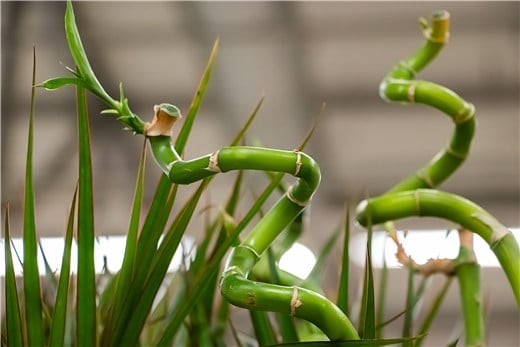
What Is Lucky Bamboo?
The plant has long, slender stalks that can be shaped into various artistic forms, such as spirals or braids. It thrives in water or soil and requires minimal maintenance, making it an ideal choice for both novice and experienced plant enthusiasts. In feng shui, lucky bamboo is believed to enhance the flow of positive energy, or “chi,” and is commonly used to decorate homes and offices to promote prosperity and harmony.
What Are Lucky Bamboo Benefits?
Lucky bamboo brings various benefits, from practical ones to symbolic ones. Here are some key advantages:
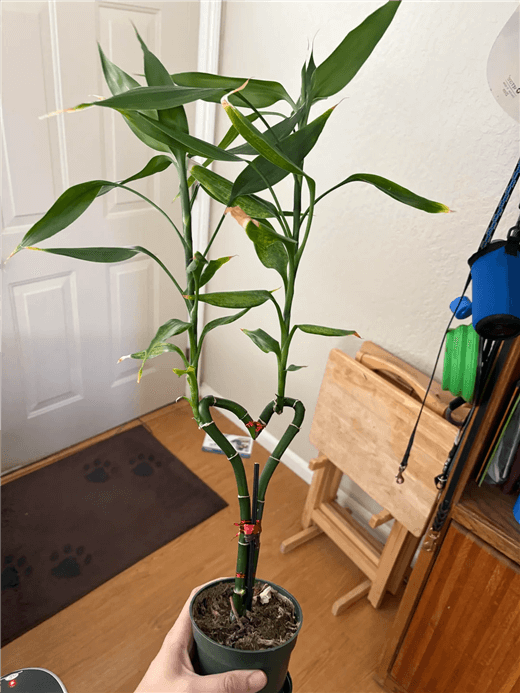
Lucky Bamboo Benefits
Symbolic Benefits
Good Fortune and Prosperity: In Feng Shui, lucky bamboo is believed to attract positive energy, good luck, and prosperity. The number of stalks can symbolize different types of fortune:
- Two Stalks: Represents love and mutual support.
- Three Stalks: Symbolizes happiness, long life, and wealth.
- Five Stalks: Associated with health and abundance.
- Eight Stalks: Promotes wealth and prosperity.
- Nine Stalks: Brings abundance and good luck.
- Health and Longevity: The upward growth of the stalks represents vitality and resilience, symbolizing the ability to overcome obstacles and achieve goals.
Practical Benefits
- Air Purification: Lucky bamboo helps to cleanse the air by absorbing toxins and releasing oxygen, contributing to a healthier living environment.
- Low Maintenance: This plant is easy to care for, making it ideal for both novice and experienced plant enthusiasts. It thrives in both water and soil, requiring minimal maintenance.
- Aesthetic Appeal: Lucky bamboo adds a touch of elegance and natural beauty to any space. Its lush green stalks and unique shapes can complement various decor styles.
- Promotes Harmony and Balance: Placing lucky bamboo in your home or office can foster a sense of tranquility and balance, enhancing the overall atmosphere.
Does Lucky Bamboo Do Better in Soil or Water?
Lucky bamboo can thrive in both soil and water, but generally, it does better in water. When grown in water, lucky bamboo is less prone to root rot, which is a common issue in soil. Water also provides a clean and simple environment that enhances the plant’s aesthetic appeal. However, it’s important to change the water regularly, about once a week, and add a few drops of lucky bamboo plant food every few weeks to provide necessary nutrients. If grown in soil, lucky bamboo requires well-draining soil and consistent moisture, but not overly wet conditions to prevent root rot.
How to Look After Lucky Bamboo?
In this part, we’ll learn how to look after lucky bamboo in water and soil. These tips can also help you grow lucky bamboo faster.
Lucky Bamboo Care in Water
Bamboo can grow in water, but it’s important to note that not all bamboo species are suited for this type of growth. The most commonly known bamboo that can be grown in water is the lucky bamboo, or Dracaena sanderiana.
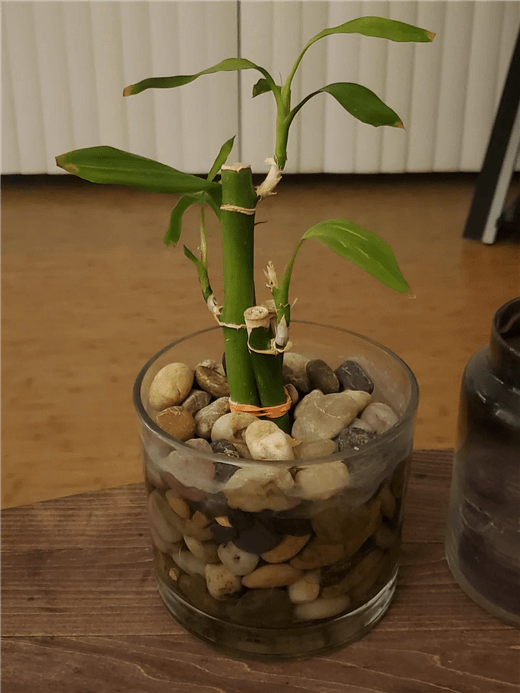
Lucky Bamboo Care in Water
Here are the tips for growing lucky bamboo in water
- Lucky Bamboo Light Requirements: Place the plant in bright indirect light. Direct sunlight can scorch the leaves.
- Water Quality: Use clean, filtered, or distilled water. Tap water can be used, but it should be left out for 24 hours to allow chlorine to evaporate. Avoid water with high fluoride levels, as this can cause leaf tip burn.
- How Often to Change Water: Change the water every 7-10 days to prevent stagnation and bacterial growth. This helps maintain a healthy environment for the plant.
- Water Level: Ensure the roots are always submerged in water, but avoid letting the leaves sit in water to prevent root rot.
- Temperature and Humidity: Lucky bamboo prefers a stable temperature between 65°F to 80°F (18°C - 27°C) and moderate to high humidity. Avoid placing it near drafts or heating or cooling vents.
- Fertilize Lucky Bamboo in Water: Add a small amount of liquid fertilizer every 2-3 months to provide necessary nutrients.
- Pruning a Lucky Bamboo in Water: Remove any yellowing leaves or damaged leaves to encourage new growth and maintain the plant’s appearance.
- Cleaning: Wipe leaves regularly with a damp cloth to remove dust and improve photosynthesis.
Lucky Bamboo Care in Soil
To ensure your lucky bamboo thrives in soil, follow the instructions below.

Lucky Bamboo Care in Soil
- Lucky Bamboo Light Requirements: Place the plant in bright, indirect light. Avoid direct sunlight, especially during the hot midday hours, as this can scorch the leaves. Alternatively, you can use LED grow lights as supplemental lighting.
- Soil Type: Use a well-draining, loamy soil mix. A combination of potting soil, peat moss, and perlite works well. This ensures good aeration and prevents waterlogging.
- How Often to Water Bamboo Plant: Water the plant when the top inch of soil feels dry. Lucky bamboo prefers consistently moist soil but not waterlogged conditions. To keep it moist, you can also place a plant humidifier.
- Temperature: Maintain a temperature range of 65°F to 80°F (18°C - 27°C). Lucky bamboo prefers a stable, warm environment and is sensitive to temperature fluctuations.
- Fertilizing: Apply a balanced, water-soluble fertilizer every 2-3 months during the growing season. Avoid over-fertilizing, as this can cause leaf burn.
- Pruning: Regularly remove any yellow or damaged leaves to encourage healthy growth. Pruning plants also helps maintain the plant’s shape and appearance.
- Repotting: Repot the plant every 2-3 years to refresh the soil and provide more space for root growth. This is best done in spring or fall.
FAQs About Growing and Caring for Lucky Bamboo
By the end of the post, we’ll answer several FAQs about growing and caring for lucky bamboo indoors.
Is your lucky bamboo dead if it turns yellow?
If your lucky bamboo is turning yellow, it doesn't mean it's dead. However, this sign indicates that your plant is in distress and needs attention. Yellowing can be caused by several factors, including improper watering, poor light conditions, temperature extremes, overfertilization, or chemicals in the water.
How can I revive my lucky bamboo?
To determine if your lucky bamboo can be revived, first identify the cause of the yellowing. Check the plant's environment and care routine. For instance, if the water level is too low or if the plant is exposed to direct sunlight, adjust these conditions. If the yellowing is due to overfertilization, you can flush the soil with clean water to remove excess nutrients.
If the stalks are yellow and mushy, those parts are likely dead and should be removed. However, if there are still firm, green parts of the stalk, you can trim off the yellow sections and place the healthy parts in fresh water or soil to encourage new growth.
Conclusion
To sum up, it’s easy to grow and maintain a lucky bamboo indoors. By understanding its basic needs and providing a suitable environment, you can enjoy the beauty and positive energy this plant brings to your space. Remember to keep the water clean and fresh, provide bright but indirect light, and avoid overfertilizing.

